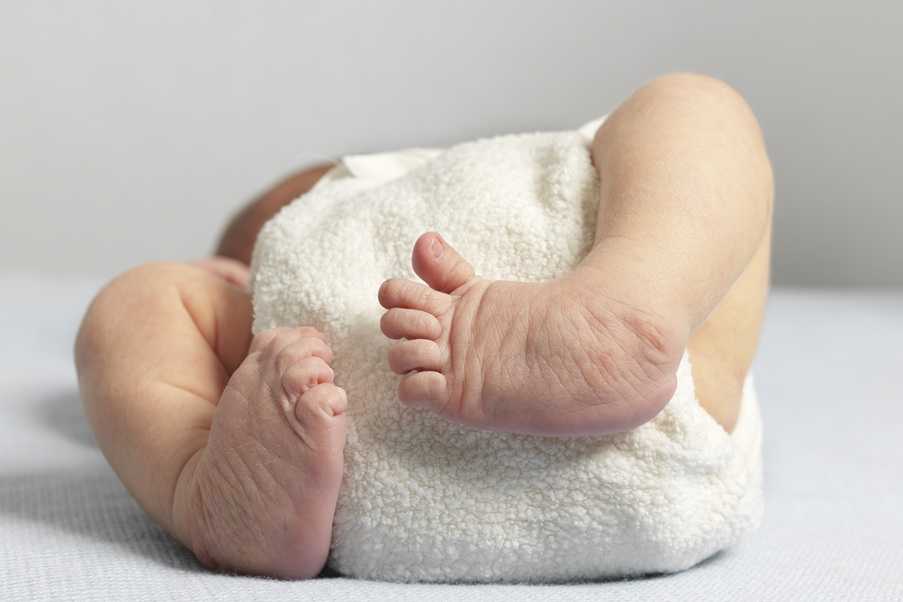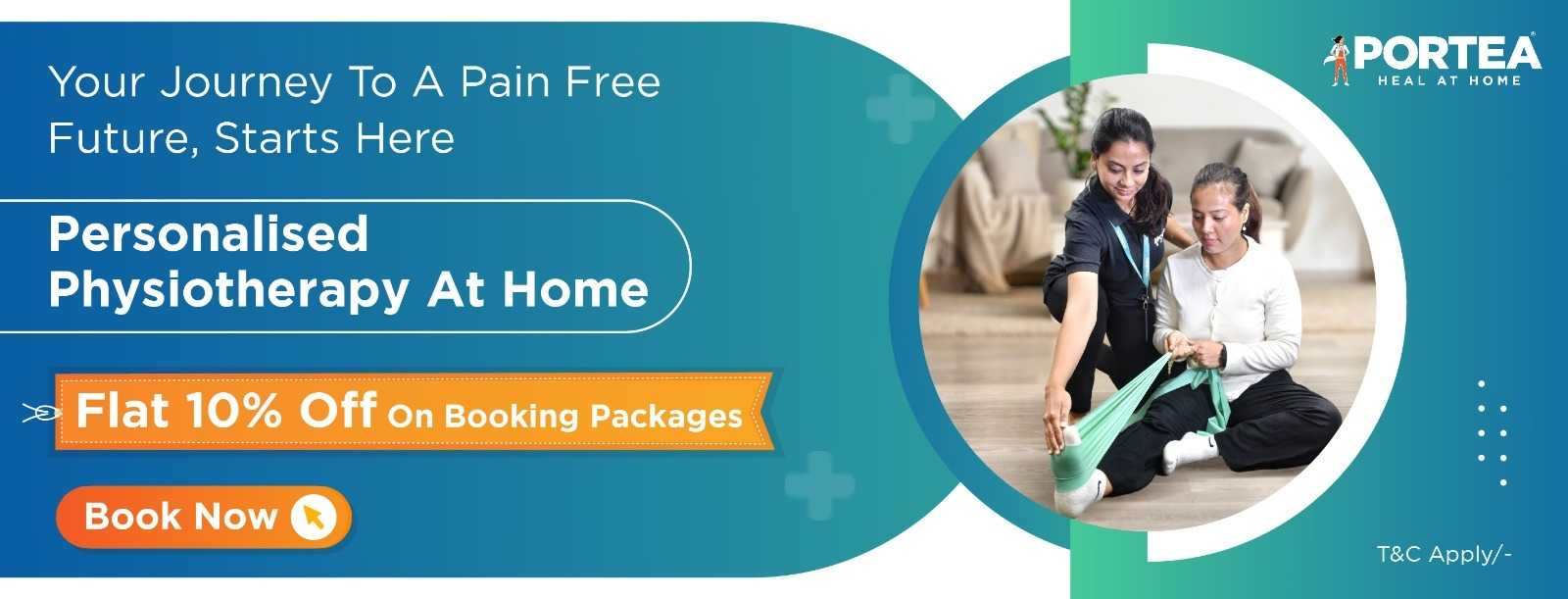
congenital talipes equinovarus (ctev): understanding and managing clubfoot


what is ctev?
Congenital Talipes Equinovarus (CTEV), more commonly known as clubfoot, is a congenital deformity that affects the alignment of one or both feet. In this condition, the foot is twisted inward and downward, causing the sole to face sideways or even upward. CTEV is one of the most prevalent orthopedic deformities in newborns, with significant implications for mobility and quality of life if left untreated. Despite its complexity, early intervention ensures that most children with clubfoot can lead active and unrestricted lives.
causes and risk factors of ctev
The exact causes of CTEV are multifactorial, encompassing genetic, environmental, and developmental factors. A family history of clubfoot increases the likelihood of the condition, pointing to a genetic predisposition. Intrauterine factors, such as restricted movement or abnormal positioning of the fetus, can also contribute to the development of CTEV. Additionally, clubfoot may be associated with neuromuscular conditions like spina bifida or cerebral palsy. Studies indicate that male infants are almost twice as likely as females to be born with this condition, although the reasons for this discrepancy remain unclear.
symptoms and diagnosis of ctev
At birth, CTEV is often evident through the distinct positioning of the affected foot. The foot appears smaller than normal, with the heel pointing downward and the toes turned inward. The rigidity of the deformity often restricts the range of motion, making the foot less flexible. In some cases, the affected leg may also appear shorter, further highlighting the asymmetry. Diagnosis is straightforward, with physical examination confirming the deformity, and prenatal ultrasounds detecting severe cases before birth.
treatment approaches for clubfoot
Treatment for CTEV focuses on correcting the deformity and maintaining the correction to ensure proper foot function. The Ponseti method is widely regarded as the gold standard, involving gentle manipulation of the foot and the application of plaster casts to gradually align the bones. This method often includes a minor surgical procedure to release the Achilles tendon, followed by bracing to prevent recurrence. For neglected or severe cases, surgical intervention may be necessary to correct residual deformities, although this is less common with timely treatment.
preventing (ctev)
While CTEV cannot always be prevented, ensuring proper prenatal care can reduce associated risks. Regular monitoring during pregnancy helps detect and address complications early. Genetic counseling is advised for families with a history of CTEV to assess potential risks. Post-birth, early diagnosis and intervention, such as physical therapy or corrective casting, can prevent severe deformities and improve mobility outcomes.
the role of physiotherapy in ctev management
Physiotherapy plays an integral role in both the management and rehabilitation of CTEV. Targeted exercises enhance muscle strength, improve flexibility, and prevent stiffness, ensuring the child achieves a functional range of motion. Physiotherapists also guide parents on stretching routines to maintain correction during the growth phase. As the child begins to walk, gait training becomes essential, promoting a natural walking pattern and reducing the risk of secondary complications.
portea’s expertise in pediatric physiotherapy
At Portea, we provide expert physiotherapy services for children with CTEV, Our home-based services ensure that families receive guidance and therapy in a comfortable and familiar environment, promoting adherence and long-term success. In addition to CTEV care, we offer specialized physiotherapy services for a variety of conditions like sports injuries, post-surgical rehabilitation, respiratory disorders, and neuro rehabilitation. Our expert physiotherapists use evidence-based approaches to address challenges such as stroke recovery, arthritis management, COPD, and slipped discs and more.
In addition, Portea offers specialized services for a range of conditions, including sports injuries, post-surgical rehabilitation, respiratory disorders, and neuro rehabilitation. Our expert physiotherapists use evidence-based approaches to address challenges such as stroke recovery, arthritis management, COPD, and slipped discs and more.
With Portea, you receive expert paralysis physiotherapy treatment at home, delivered by skilled physiotherapists dedicated to your recovery and well-being. Additionally, we offer a wide range of healthcare solutions, including doctor consultations,medical equipment, nursing care, and dedicated trained attendants ensuring personalized and high-quality care tailored to your needs.
portea’s other physiotherapy services based on medical conditions
faqs on ctev
1. What are the four components of clubfoot?
The deformity of clubfoot can be understood through four components represented by the acronym CAVE: Cavus (high arch), Adductus (inward curving of the forefoot), Varus (inward turning of the heel), and Equinus (downward pointing of the foot).
2. What are the three types of talipes?
Clubfoot is classified into three types:
- Idiopathic: Cause unknown.
- Neurogenic: Resulting from a nervous system disorder.
- Syndromic: Associated with an underlying syndrome.
3. How is talipes treated?
The Ponseti Method is the primary treatment, involving casting and bracing with boots and a bar. Most cases require a minor surgical procedure called a tenotomy. Positional clubfoot may be corrected through stretching and exercises.
4. What are the types of positional talipes?
Two types of positional talipes include:
- Equino-varus: The foot points downward and inward.
- Calcaneo-valgus: The foot points upward and outward.
5. What is unilateral talipes?
Talipes, commonly known as clubfoot, refers to foot and ankle deformities. It may affect:
- One foot (unilateral)
- Both feet (bilateral)
6. What is talipes valgus?
Talipes valgus refers to the outward turning of the heel, causing the individual to walk on the inner part of the foot, contributing to a type of clubfoot.
Doctor Consultation
Nursing
Physiotherapy
Trained Attendant
Elder Care
Mother & Baby Care
Lab Tests
Medical Equipment
Speciality Pharma
Critical Care






